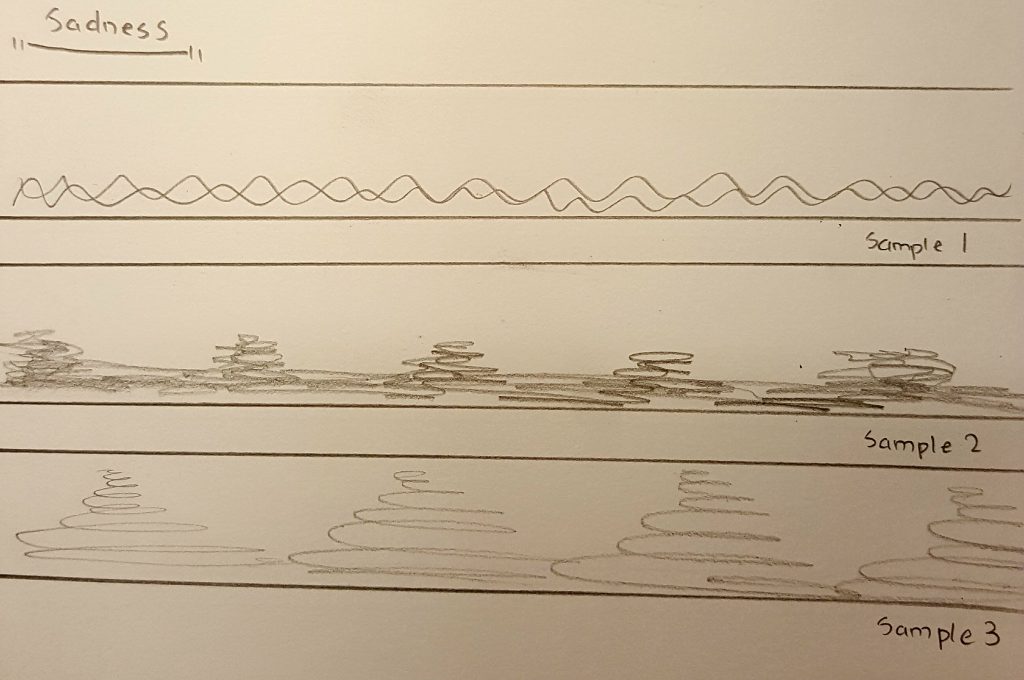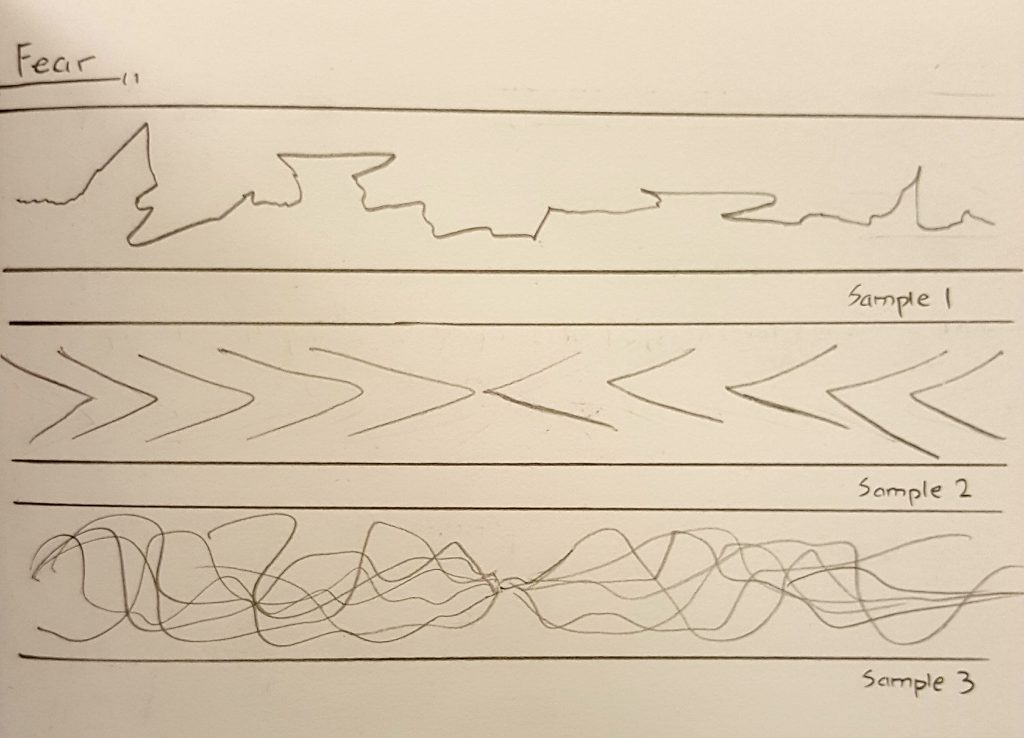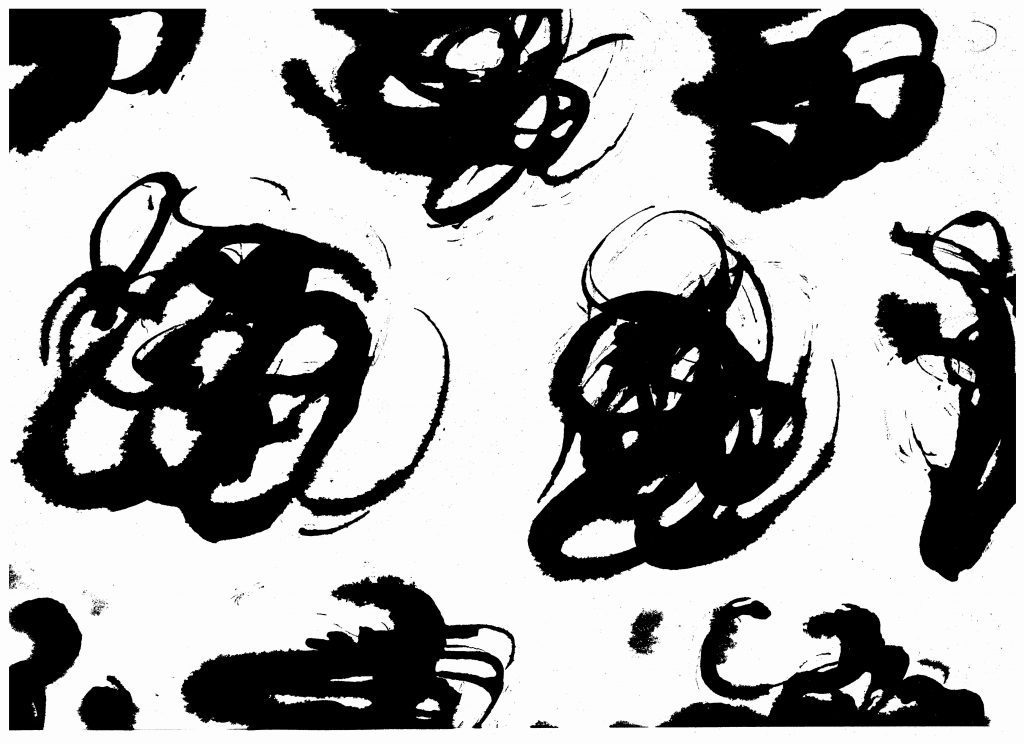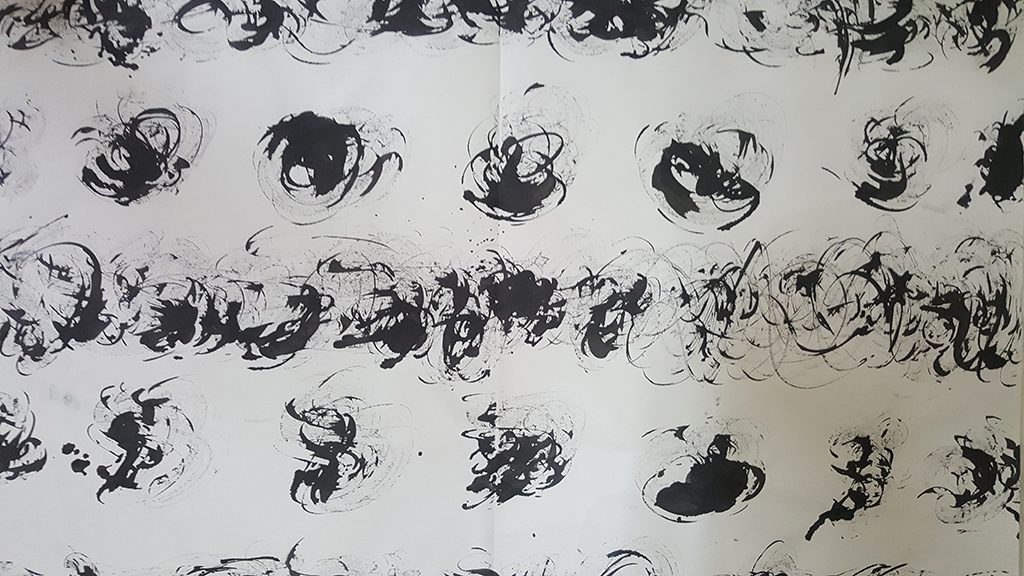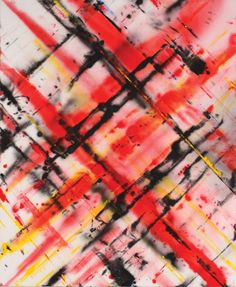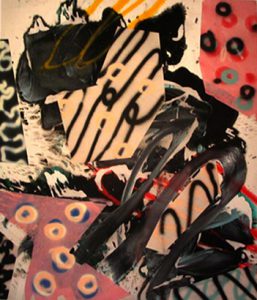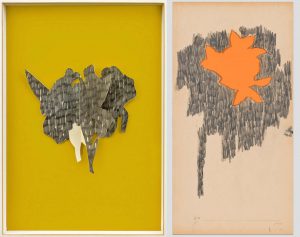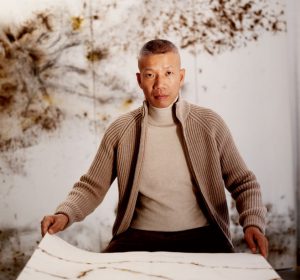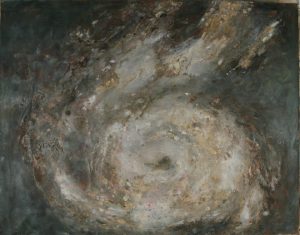Project 2 started with searching for movie quotes, which are then transformed into surrealist/dadaist compositions.
I had a lot of difficulty in this project, particularly on the abstract part. The compositions that we were to produce had to portray the meaning of a quote without the use of direct symbolism. For this part, I went through quite a fair number of tries.
Quotes:
“Don’t let anybody tell you, you can’t do something”
-Chris Gardner, The pursuit of Happyness
(happyness was purposely spelled with a ‘y”)
Well, this quote really means a lot to me. It’s what i believe in. Even if the whole world disapproves of something you want to do, just do it. It’s your life, it’s your choice, it’s not something for others to decide.
“Happiness can be found in the darkest of times, if one only remembers to turn on the light”
-Albus Dumbledore, Harry Potter and the Prisoner of Azkaban
Well i chose this quote because i like the Harry Potter series as a personal preference.
“Get busy living, or get busy dying”
-Andy Dufresne, The Shawshank redemption
This movie is rated all-time number one on multiple movie review sites such as IMBd.com
This scene in particular, where a man who has been locked up in prison for 10 odd years for a crime he was framed for, does not give up hope of getting out really stuck with me.
Unfortunately, i did not use this quote for the compositions.
Drafts

Fast-forwarding through this one.
This draft was done before i understood the art direction of the project so it was completed off-the-mark and scrapped.

Quote:
“Happiness can be found in the darkest of times, if one only remembers to turn on the light”
-Albus Dumbledore, Harry Potter and the Prisoner of Azkaban
This was my first actual composition, where i broke up the quote into different key words and tried to represent them in a visual manner.
Explanation:
- Darkest – represented by piles of human skulls, symbolizing a graveyard, demon roaming among the skulls represents terror while the huge moon on the background provides the overall ‘dark’ theme.
- light – is presented quite literally, with a lamplight
- happiness – represented by birds flapping freely, showing happiness through freedom, and a grass patch express life and vigor.
Flaws:
- The overall ‘darkness’ theme on the top-right corner of the composition is too literal and was rejected.
- The lightlamp is rejected without haste
- the meaning of ‘happiness’ through the grass patch didn’t come across well
- The slanted composition didn’t have meaning in it
Verdict:
Rejected
Seeing that the first composition did not go well at all, i decided to go with a more surrealist approach.

I researched more into surrealist works and was inspired particularly by surrealist Max Ersnt’s collages where he connected objects from distinctly different bodies together to form a unique entity to portray a meaning.

Quote:
“Don’t let anybody tell you, you can’t do something”
-Chris Gardner, The pursuit of Happyness
I thus used the same method by connecting ‘stop’ road signs to a man’s head and handcuffed hands to a boy’s legs to portray the meaning of the quote.
Explanation:
- Can’t do something – man is used to represent a higher authority looking down and controlling a smaller target (in this case a young boy), hands holding batons show violence as a means of control while ‘stop’ signs means restriction
Flaws:
- Only half of the quote was expressed in this composition
- Boy is not apparent in the composition as his head looks like a huge black void in front of the man’s mouth
- Part of man’s suit is lost due to over-exposure
Along the way, i was thinking about cats, and recalled the Metro Goldwyn Mayer logo.
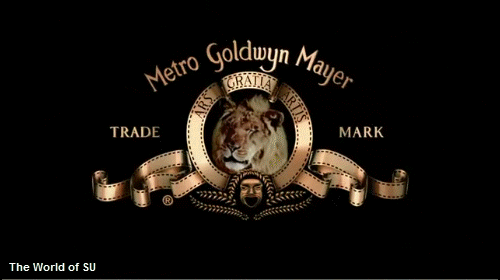
This led to the creation of the next composition:

Quote:
“Happiness can be found in the darkest of times, if one only remembers to turn on the light”
-Albus Dumbledore, Harry Potter and the Prisoner of Azkaban
Explanation:
- Darkest – represented by the carnivorous members of the feline family such as the tiger, lion, jaguar, fox, wolf and cheetah.
- Happiness – represented by the little kitten in the center of the composition, like a pleasant surprise of species evolution through centuries
- Light – represented by the sunflower that provides a clean border that separates the cat and the other felines
Flaws:
- The negative space within the flower that surrounds the cat is too large and seems to be engulfing the cat
During my research, I was also inspired by Belgian surrealist René Magritte’s Golconda, where images of a person is repeated in a pattern which could imply movement.


Quote:
“Don’t let anybody tell you, you can’t do something”
-Chris Gardner, The pursuit of Happyness
Here, I utilized repeated images of the boys to imply that they are jumping around, even though their images are actually static.
Explanation:
- you can’t do something – as usual, i used a man and two boys to imply control from a higher authority, the hands symbolize control over the boys as they are trying to grab them
- don’t let anybody tell you – i represented this with the use of the two boys jumping about carefreely, even in the midst of a man reprimanding them – which can be interpretated as a sign of rebelliance – one of the boys is even shown hopping onto the man’s head
Flaws:
- The boy on the right who is jumping out of the man’s mouth makes it seem like the man is eating him – a loss of focus on the quote’s meaning
Final products:

Quote:
“Happiness can be found in the darkest of times, if one only remembers to turn on the light”
-Albus Dumbledore, Harry Potter and the Prisoner of Azkaban
After multiple reworking, this was how the composition turned out.
Critique:
- The fox tail on the bottom-left of the composition looks like a huge black thing which is undecipherable

Quote:
“Don’t let anybody tell you, you can’t do something”
-Chris Gardner, The pursuit of Happyness
Explanation:
- you can’t do something – the crane machine represents a cage, a prison, that restricts someone, the crane claw symbolizes control, the ‘toy’ sign shows that the kid was just a plaything for the adults – implying total control
- don’t let anybody tell you – the kid is shown escaping from the crane machine while the adults are staring and shouting in horror
Critique:
- the second man beside the one on the right is not needed as his gaze brings the viewer’s focus away from the boy
- the crane claw’s angle can be further tweaked to face the boy so that the implied line towards the boy are not lost

Quote:
“Happiness can be found in the darkest of times, if one only remembers to turn on the light”
-Albus Dumbledore, Harry Potter and the Prisoner of Azkaban
Explanation:
- darkest – the background shows a stormy sky with thunder that implies dark times, the breaking of the fountain pen symbolizes a tragic event
- happiness – the ink spill from the fountain pen miraculously inks out a scene of a bed of sunflowers – showing happiness that is chanced upon during an accident – the bed of sunflowers also completes the picture of a patch of grassland with the stormy background
- light – expressed through the use of sunflowers and the shadow cast by the lightning on the fountain pen
Critique:
- the head of the pen which is on the table points to nowhere and misguides the viewer’s gaze

Quote:
“Don’t let anybody tell you, you can’t do something”
-Chris Gardner, The pursuit of Happyness
This composition too went through a liberal amount of changes which included the addition of:
- jail bars at the background- to reinforce the meaning of restriction and being monitored
- breaking of handcuffs in the middle – symbolize breaking free from control
- fighter jets flying at the bottom – imply taking off through flight, which is a universal expression of freedom
The boy’s head is also drawn in digitally as it was obscure in the beginning. The man’s teeth was also drawn in to show that he is actually biting down on the boy.
Implied lines are utilized here where the batons point towards the boy, who becomes the vanishing point as the main focus for attention.
The batons are also in the shape of a jester’s hat to imply a reference to the Batman’s joker, showing that this scene is bizarre and wrong.




































